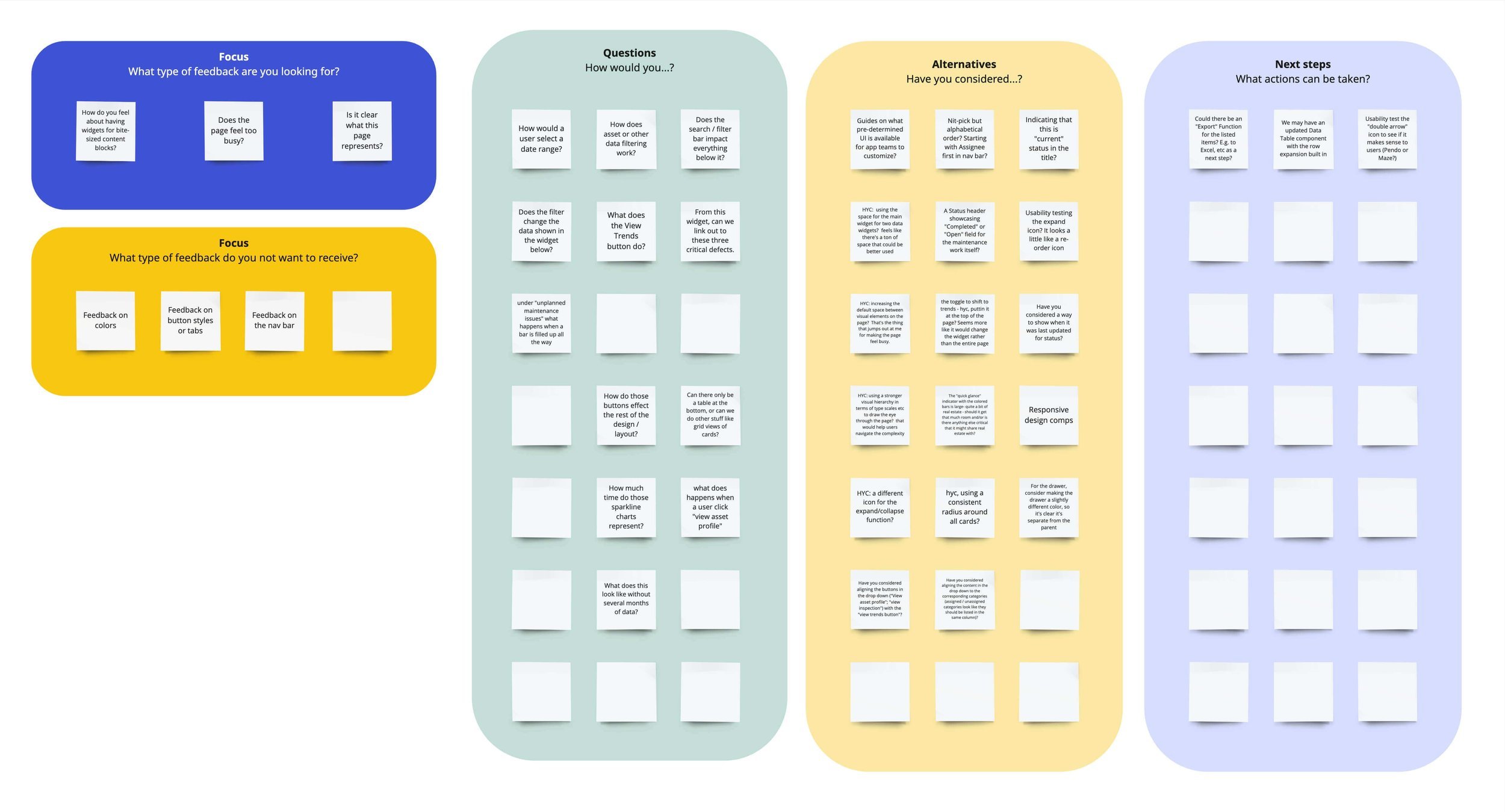UX Management
A versatile approach to managing User Experience within a Product Team
“Continuous improvement is better than delayed perfection.”
The problem
Every team works differently. Even teams within the same organization can work differently. But one thing nearly all teams are united in is their (justifiable!) hatred of bureaucracy. So, how might we develop a process that is repeatable and predictable, but also flexible to accommodate various workflows and varied timelines?
My solution
A process that no one uses is a process that has failed, so it was imperative to develop a process that was understood by all, and scalable enough to meet the needs of all product teams. Our goal was to provide the proper balance between strategy, research, design, engineering, and delivery. The key is to understand the purpose of each step of the process—its activities, timelines, and deliverables—and how they contribute to advancing a project. While the order may vary, the outcomes of these steps are essential and should not be overlooked.
In developing this process, I worked closely with my Director of Design Chris Hannon, and my fellow Senior UX Manager, Amanda Parkhurst. I was also greatly inspired by Rosenfeld Media’s Design Ops Summit, and the book The Design Conductors by Rachel Posman and John Calhoun.
Values this process highlights
Disagree and commit. Because progress is better than perfection.
Embrace our differences. Diversity makes us stronger and our teams better.
Take initiative. Even if we’re on the right track, we’ll get hit by the train if we just sit there.
Stay curious. Imagination breeds innovation.
Have fun. Humor is contagious and refills our tanks.
Scoping
Before anyone can begin building, we have to decide what we’re building, and how much of it we need. The UX Playbook detailed below served as a sort of menu of activities our UX team could perform, the benefits we’d net from them, and the risks of skipping them. This allows stakeholders to make an informed decision about the balance between Discovery and Delivery tracks that best align with deadlines and schedules.
And to learn more about the Discovery and Delivery workflows we defined for Zonar, read my Dual Track Agile case study.
To ensure accountability and transparency during program reviews, the agreed-upon timeline should be tracked in a platform that allows others to view and share it. At Zonar, we used the project planning software Asana.
Design Team Tracking
In addition to being able to share the aligned upon work effort in program reviews, Asana allowed UX managers like myself to balance designer’s workloads, and schedule upcoming projects with greater certainty as part of our Dual Track Agile process.
Project Kickoff
With a project plan in place, a cross-functional kick off meeting gets all of the key stakeholders together where I would highlight the key objectives of the work, review the Discovery Track plan, and confirm roles and responsibilities of the entire product team.
UX Research
Depending on the needs of the project and the skillset of the team, I typically like to be involved in the UX research for a project. This ensures that I have the necessary context as the designers when it comes to what insights are driving the design solution.
There are many kinds of research, but generally, I believe UX Managers should be involved in writing up the research plan, the research sessions when applicable, and the synthesis and outputs of the work.
A typical user interview conducted over MS Teams.
An example of a Research Guide, built in our research repository, Dovetail.
A discussion guide used during usability tests and stakeholder interiews.
Highlights, insights, and trends can be tagged in real-time during the interview, or afterwards during analysis.
Insights from interviews and studies can be grouped together to help clarify the direction a design should take.
Requirements Gathering
Depending on how your organization works, someone is generally creating an initial Product Requirements Document. This may be a Product Manager or other stakeholder.
A good PRD addresses user needs and business goals without being overly solution-focused.
Putting it all together with a story map
Story mapping activities should involve all members of a product team, and ideally be led by a UX Manager with collaboration from a Product Manager. Story mapping is an ideal way to get work into a backlog in a timely manner, while keeping the focus on user needs.
Story Mapping is, in my opinion, the single most effective way to set cross-functional expectations and garner alignment across diverse teams.
Tracking Work
Reviewing Work
Critique
Sharing Out
Read more
Learn more about how I work with these other case studies.





















